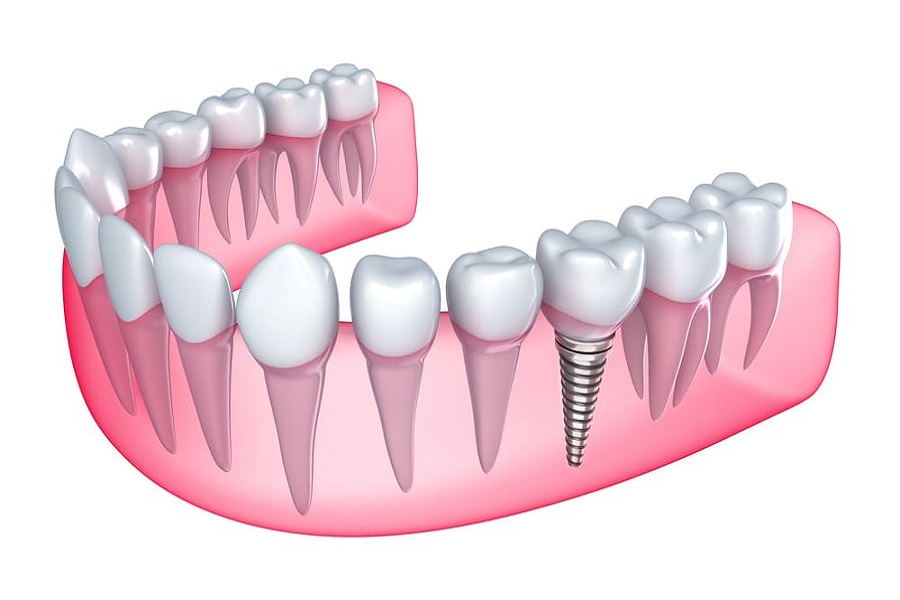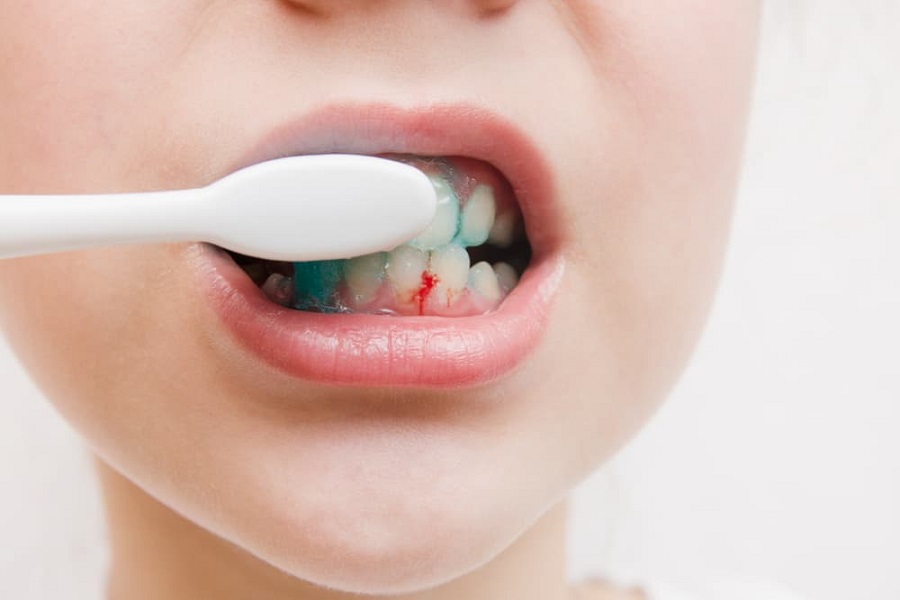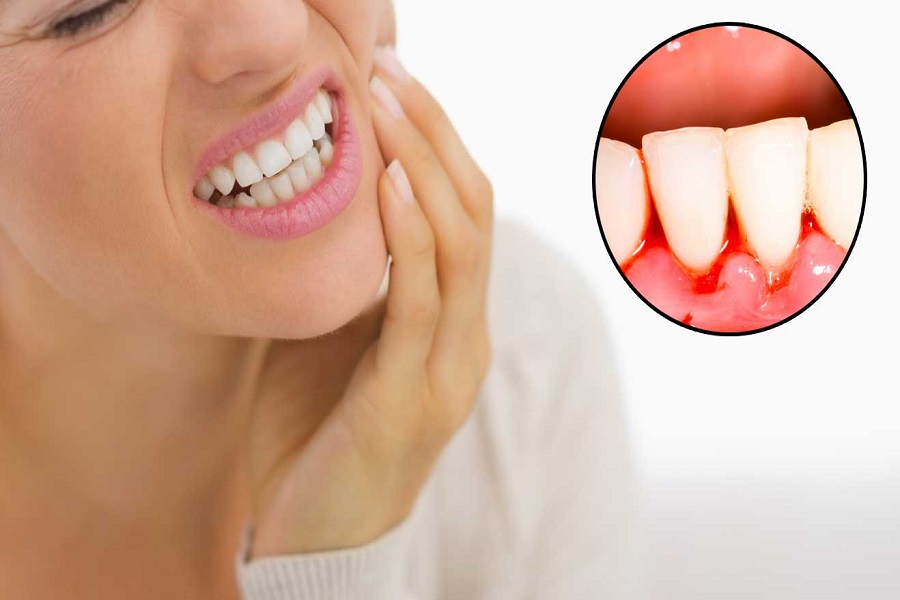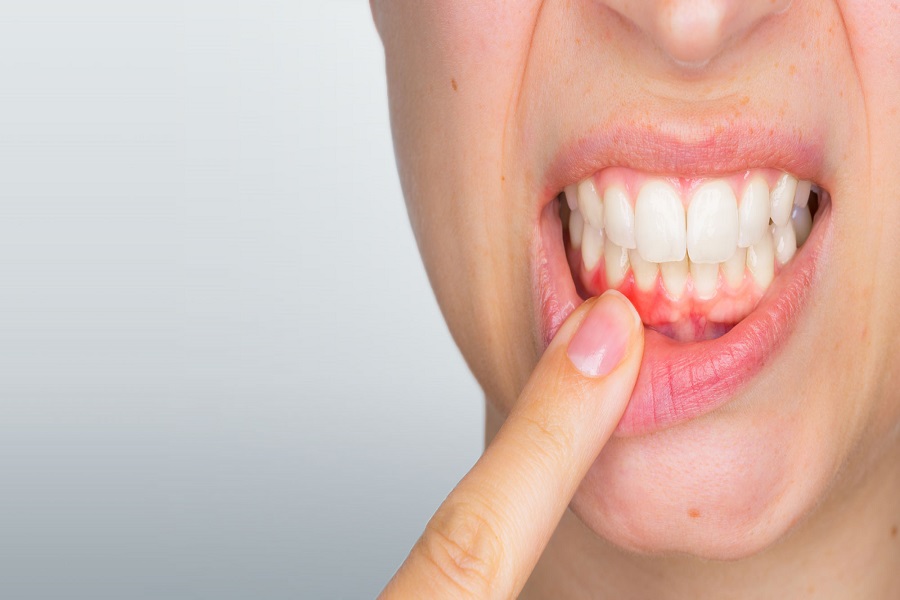MBT orthodontic technique is the latest development of straight wire orthopedic technique. This correction technique is a modern straight wire correction technique summarized and introduced in 1997 by three physicians McLaughlin, Bennett and Trevisi on the basis of the Andrews-Roth straight wire correction technique, after more than 20 years of clinical practice research and improvement. , is the core of the MBT system.
MBT system includes three aspects: 1. MBT orthodontic technique 2 . 3. MBT textbook. There are two MBT textbooks for the MBT Continuing Education Course: “Orthodontic Tretment Mechanics and Preadjusted Appliance” published in 1993 and “Straight Wire Appliances and Dentistry” published in 1997 Orthodontic Mangement of the Dentition with the Preadjusted Appliance. MBT continuing education courses are held all over the world every year. The main contents include: New Concepts in Orthodontic Treatment Mechanics, Inter-Arch Treatment Mechanics, Management of Dentition the Dentition), Occlusion and the TMJ in Orthodontic Treatment, Diagnosis, Treatment Planning and Treatment Mechanics, etc.
In the book “Orthodontic Straight Wire Correction Technique” published in China in 1994, the author introduced the main contents of the first textbook of MBT. Five years later, today’s MBT technology is in some important aspects, such as adjusting the torque angle of the upper and lower incisors and the lower second molar bracket, using a gentle and continuous orthodontic force (50-150 grams), aligning the tip of the leveling stage. Backward ligation of teeth, bending of the end of the arch wire, sliding method to move 6 anterior teeth backward to close the gap, etc. are not beyond the scope of the 1993 textbook, but in other aspects, such as the axial inclination of the bracket, the adhesion of the bracket, the standard The arch shape and the order of use of the arch wire were reconsidered and as a number of improvements, “MBT orthodontic technology” was born, and with the support of 3M Company, the corresponding products were launched.
The basic principles of MBT orthodontic technology can be summarized into five aspects. 1. Orthodontic mechanics 2 . Straight wire arch bracket 3. Bracket positioning and adhesion technology 4. Standard bow 5. The order of use of the arch wire This article will give a brief introduction to the mechanics of orthodontics
1. Emphasizing the change of teeth – alveolar The main effect of orthodontic treatment is on the teeth – alveolar. Although "orthopaedic" changes of the jaw may occur in some patients, the so-called "growth modification" is mainly aimed at the growth of the tooth——alveolar, which must be emphasized on the tooth——alveolar processing.
2. The use of weak and continuous orthodontic force Intermittent force is not effective for tooth movement, excessive force can damage the root of the tooth, and weak and persistent force has the greatest biological response and good effect on tooth movement. The MBT technique uses 50-150 grams of corrective force. Much smaller than other similar orthodontic techniques.
3. Anchorage control MBT technology uses external force (facial bow, J-shaped hook), intraoral devices (palatal rod, Nance arch, lingual arch, multi-purpose labial arch, Class II, III intermaxillary traction, etc.) for anchorage control.
4. Alignment and Leveling The following techniques are used in the alignment and leveling stage of the dental arch. 1. Alignment with heat-activated titanium nickel wire. 2. Control the inclination of the canine axis and move it posteriorly with a posterior ligation of the canine. 3. Control the labial movement of the incisors with the end of the arch wire. 4. Use the large coil spring to open up the gap for the misaligned teeth. 5. Early treatment and determination of the dental arch shape should not destroy the arch shape when aligning the dislocated teeth.
5. Override control. The following principles are used for override control. 1. The eruption (elevation) of the anterior and posterior teeth is controlled differently using depressing and elevating forces. 2. The majority of deep overburden cases are treated with an early second molar upper band ring. 3. In most cases, arch leveling and occlusal opening are completed 1-2 months after the square wire is in place. 4. Prescribe patients to avoid flattening the posterior segment of the Spee curve.
6. Closing the gap 1. When the 0.019×0.025"(0.48×0.64mm) square wire is used in conjunction with the 0.22" (0.56mm) bracket groove, the archwire will not be deformed, and at the same time it will produce effective sliding. 2. The sliding method is completed by applying force to the back ligation with an elastic ligation ring. 3. The torque control of the incisor is completed through the preset torque angle of the bracket and the torque generated by the bending of the arch wire.
7. Correction of overburden and molar relationship The correction of class II and class III relationship is accomplished by the combined use of extraoral arch, class II and class III intermaxillary traction, and functional appliances. The combined use of these appliances produces a weak but long-lasting orthodontic force on the tooth – the alveolar.
8. Completion The work in the completion stage mainly includes three aspects. Correct the problems caused by improper position of brackets and improper torque control and anchorage control in the process of corrective treatment. 2. Overcorrection when necessary. 3. Use a thin round wire for at least 6 weeks to position the teeth before removing the brackets.
9. To maintain the lower front teeth with lingual fixation, the upper jaw can be used to allow the teeth to continue to be positioned. Orthodontics can also be used, or clear plastic ordinary retainers.
































